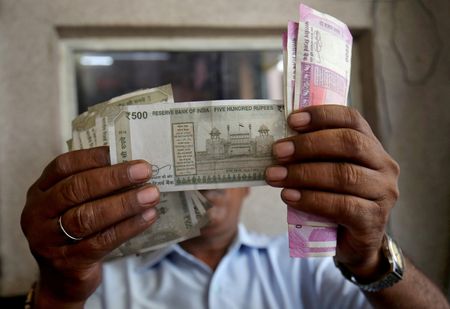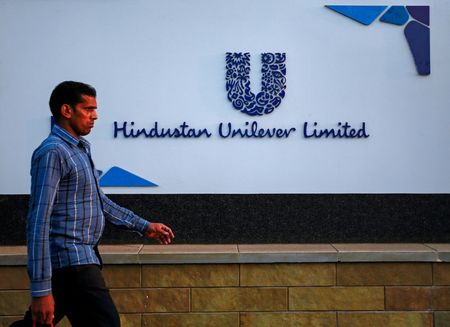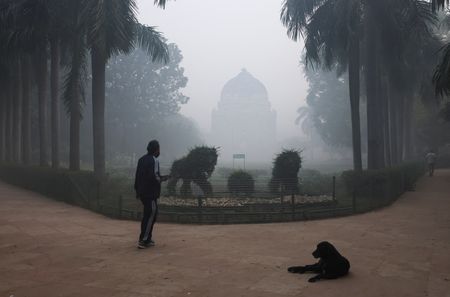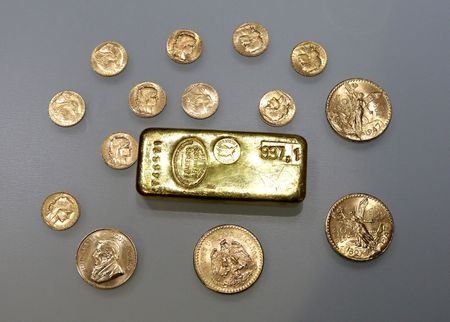By Nimesh Vora
MUMBAI (Reuters) -The Indian rupee failed to overcome its biggest recent roadblock again on Thursday: a wall of importer hedging that has been snuffing out early gains in each of the last few trading sessions.
The rupee opened higher at 87.8325 per U.S. dollar, buoyed by a media report that Washington may cut tariffs on Indian imports to 15%–16% from 50%. The advance was soon reversed, with the currency last at 87.9450, having settled at 87.9275 on Monday.
Bankers attributed the rupee’s struggles to persistent hedging interest from importers. That pattern mirrors the last three sessions, where dips towards the 87.70–87.80 zone have repeatedly failed to sustain.
Indian foreign-exchange and money markets were shut Tuesday and Wednesday for Diwali holidays.
It’s “sort of a rinse and repeat” — importer hedging cutting short the rupee’s positive tone, a trader at a private bank said.
“88 is the key level now,” said a trader at a state-run bank. “The RBI has shown it’s not comfortable letting the pair move past that…You can sense their hand near 88 — offers pile up.”
The Reserve Bank of India has been seen selling dollars through state-run banks when the rupee weakens toward 88, a move traders say is likely aimed at extending the impact of its heavy intervention last Wednesday.
Meanwhile, broader Asian markets offered little support to the rupee, with most regional currencies trading weaker. The dollar index inched higher.
That’s with the backdrop of the Trump administration considering curbs on software-enabled exports to China — ranging from laptops to jet engines — in response to Beijing’s restrictions on rare earth shipments, Reuters reported, undermining demand for Asian currencies.
(Reporting by Nimesh Vora; Editing by Harikrishnan Nair and Ronojoy Mazumdar)











